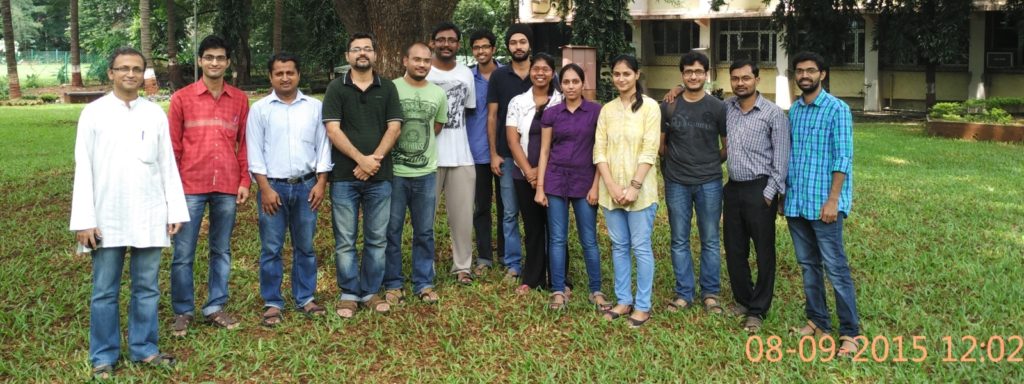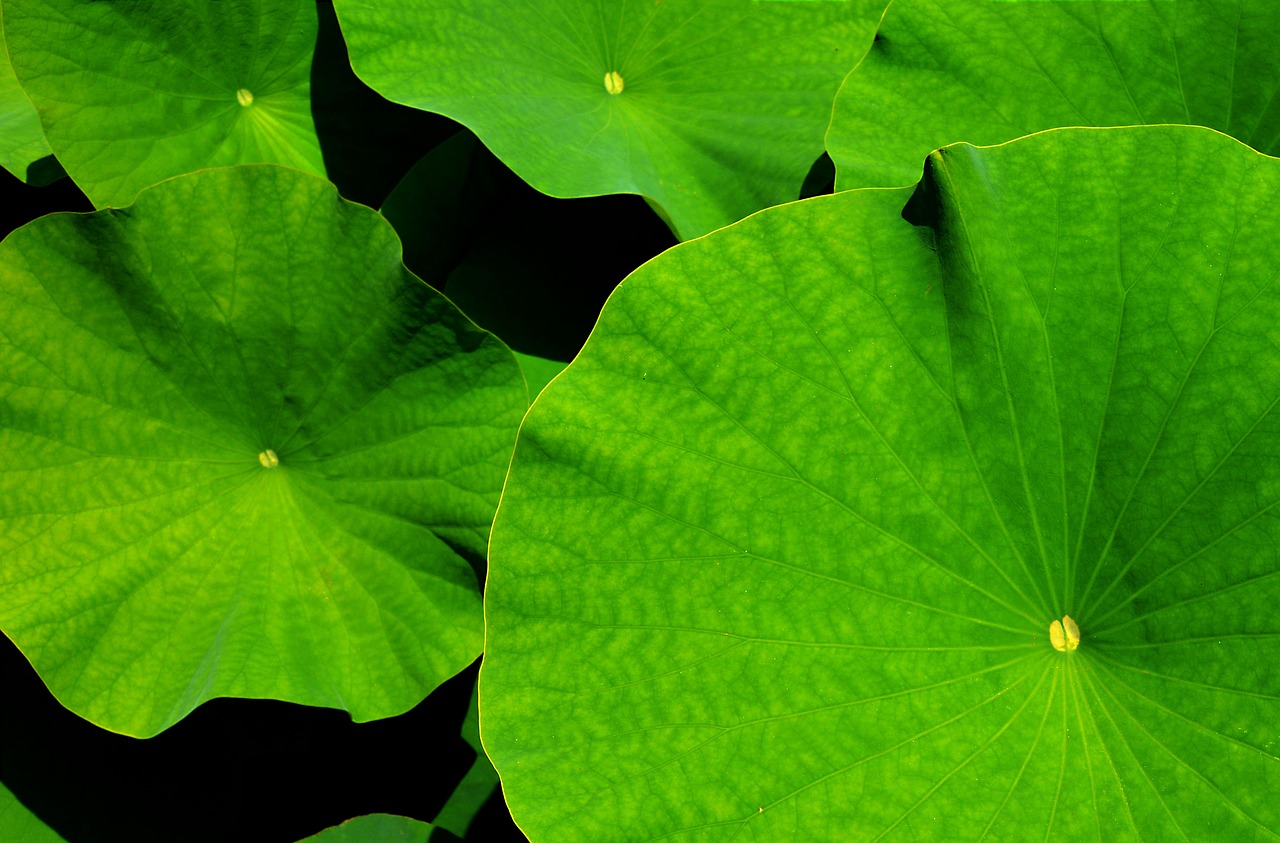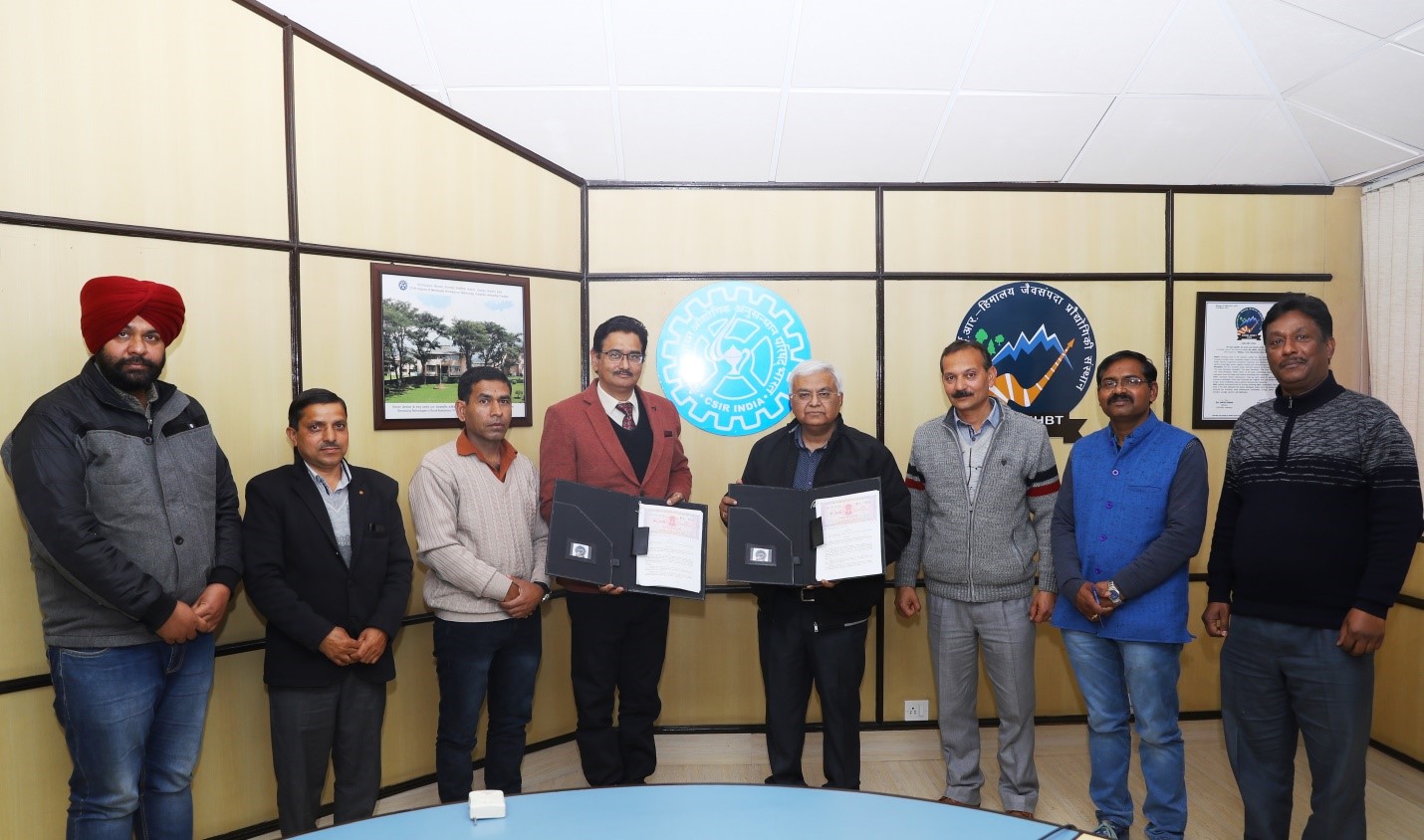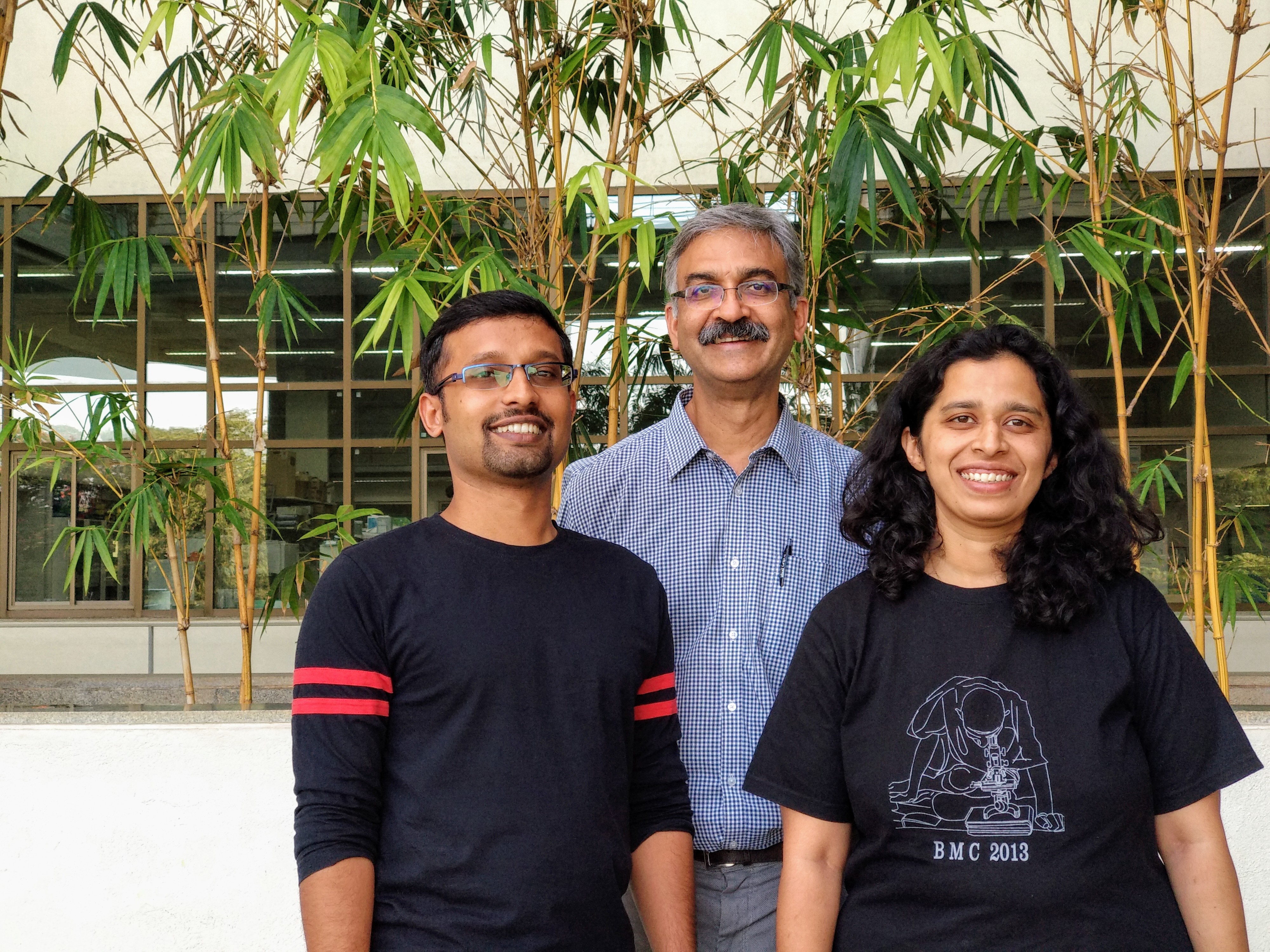Scientists are looking for cues from nature to solve complex research problems such as filling up microwells with biological molecules or microorganisms.
Researchers at the mechanical engineering division of the Indian Institute of Technology, Mumbai, have used lotus leaf to design a device that can help fill microwells with desired biological molecules quite efficiently.

Microwell devices are useful in single-cell studies and protein measurements because they require a very little sample, provide rapid results and are cost effective. However, existing mechanisms to manipulate samples and fabrication of microwell-based microfluidic devices are complex and need an external power source.
For fabricating the new microwell device, the inspiration came from the lotus leaf. Lotus leaves are coated with a rough surface containing a mat of hairs. These are so narrow and short that any water drop falling on them will roll out rather than sticking on to them. Researchers coated the leaf with a polymer and let it set for some time. Peeling off the thin layer, the team hardened it by heating. Thus a mold which was a mirror image of the lotus leaf surface was made.
A similar coating, peeling, and hardening of the mold gave a thin polymer with features identical to the lotus leaf’s surface. Each film was stuck on a thin glass of about a square centimeter in size. “The top and bottom plates are arranged in such a way that the microwells and micropillars face each other inside the chamber of the microdevice,” explained Prof Amit Agrawal, who led the research team. A thin separator stuck at the borders separates the two plates.
“The average thickness of the micro-patterned surfaces of the device is around 2 mm. Since undulations of the micro-patterned surface only amount to about 0.1 mm, the variations in different lotus leaves does not affect the fabrication,” said Prof Agrawal, who this week was named the winner of the prestigious SS Bhatnagar Prize for engineering sciences.
The team then used magnetic liquid drops – drops of water or other fluid coated with fine iron oxide dust or nanoparticles. This liquid was used to fill the microwells with either protein like bovine serum albumin, microbeads or E.coli bacteria. To fill microwells, all that one had to do is to add magnetic fluid drops filled with the desired substance into the device and roll a magnet underneath.
Caught between the pull of the magnet and the water repellent nature of micropillars, the drops break spilling their content into the wells. Although placed in an inverted condition, microwells hold on to the substance due to their micro dimensions. At the end of five back-and-forth roll of the magnet, almost 80% of microwells were occupied by microbeads with an increase in concentration.
“Our microdevice is useful to capture a variety of biological entities such as cells, bacteria, proteins, and microparticles. It will be most beneficial in the measurement of proteins through antibody-coated microparticles because of the ease of counting captured microparticles in the microwell array through available detection methods,” Prof. Agrawal told India Science Wire. Various improvements are being planned to the microdevice to make it easily usable and aesthetically appealing.
The research team included Prof Amit Agrawal, Professor Himani Sharma, Anvesh Gaddam, Kimberley John, Ambuja Navalkar and Samir K. Maji. The results of the study have been published in journal Scientific Reports.
By Kollegala Sharma
Journal Article
A magnet-actuated biomimetic device for isolating biological entities in microwells
If you liked this article, then please subscribe to our YouTube Channel for the latest Science & Tech news. You can also find us on Twitter & Facebook.



